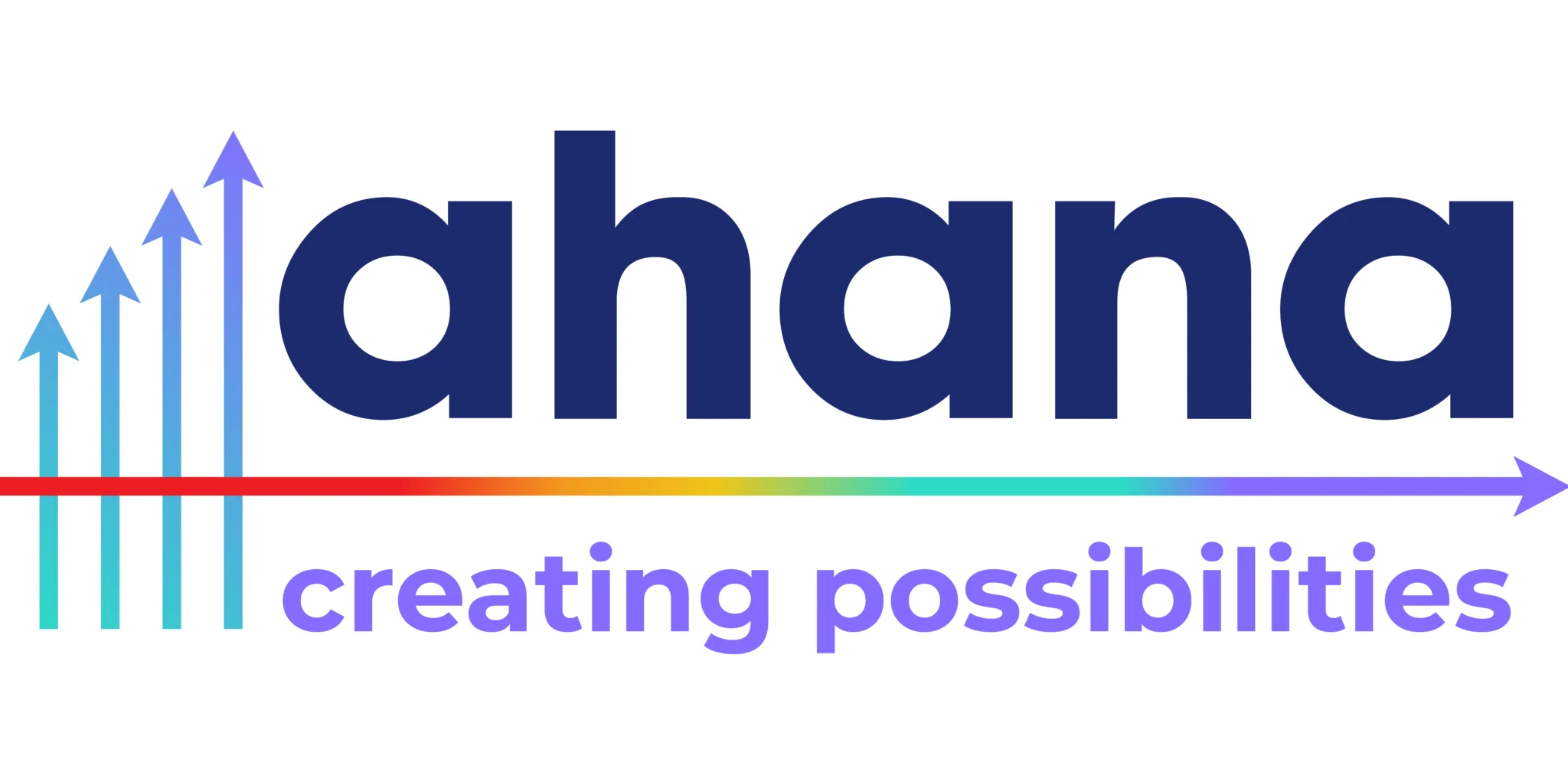In the healthcare industry, every decision holds immense weight, directly impacting operational efficiency and financial health. The most impactful and effective choices are consistently those grounded in robust data, providing clarity and foresight. That’s where data-driven decision-making becomes essential.
Today, data is transforming how the healthcare sector operates, from hospital administration to insurance processing to diagnostics support. Healthcare organisations can no longer rely solely on instincts or fragmented, manual processes. Real-time data, predictive analytics, and operational insights are becoming vital for making faster, more accurate, and cost-efficient decisions. This article will examine how data analytics is helping healthcare enterprises, including providers, insurance companies and other financial entities, and support services, operate more efficiently, reduce waste, and deliver greater value across the board.
Understanding Data-Powered Healthcare Decisions
Data-driven decision-making in healthcare refers to using information collected from various operational and clinical systems, such as EHRs, billing platforms, claims data, scheduling tools, and contact centres, to guide decisions across functions. This includes both historical and real-time data. The aim is to streamline workflows, reduce turnaround time, cut costs, and deliver timely, accurate service to internal teams and healthcare partners. It’s about identifying bottlenecks, forecasting resource needs, improving Service Level Agreements (SLAs), or ensuring accurate medical coding and documentation.
In recent years, there has been a significant increase in healthcare data volumes. Reports indicate that the modern healthcare ecosystem generates multiple exabytes of data every day, much of which remains underutilized. Post-pandemic, digital adoption accelerated rapidly. That shift opened the door to using data not just for care delivery, but also for back-office processes like claims processing, customer support, compliance, and audit readiness. Today, technologies like automation, analytics, and AI are helping organisations turn that raw data into operational insights that matter.
Operational Benefits of Data Insights
Here are a few ways data is improving operational outcomes across healthcare organisations:
- Faster, More Accurate Administrative Workflows: From eligibility checks to claims processing, administrative teams in healthcare handle a high volume of repetitive tasks. When supported by data analytics, these tasks can be done faster, with fewer errors. For instance, platforms like those used by Ahana Systems and Solutions apply AI models to detect anomalies in billing, flag incomplete forms, and prioritise critical cases, drastically reducing rework and improving turnaround times.
- Better Resource Planning & Workforce Optimisation: Staffing shortages, high attrition, and seasonal demand spikes are constant challenges. Data-driven workforce planning allows healthcare companies to allocate resources dynamically. By analysing call volumes, claims backlogs, or support ticket trends, healthcare organisations can adjust capacity and shift schedules more efficiently.
- Compliance and Risk Management: Regulations like HIPAA, ICD-10, and payer-specific requirements make compliance a moving target. Data-driven audits and rule-based checks help healthcare teams catch errors early, stay ahead of penalties, and ensure alignment with industry standards.
- Improved Stakeholder Experience: Whether it’s a policyholder calling to check a policy, a hospital admin following up on documentation, or individuals leveraging data to choose optimal treatment centers, qualified doctors, and affordable care options regardless of their location, timely and accurate service matters. Data analytics enables support teams to track interactions, reduce response times, and resolve queries with better context, while also empowering external stakeholders with transparent, accessible information for their decisions.
Implementing Data for Operational Excellence
Here’s how to put data to work across the healthcare ecosystem:
- Capture Clean, Complete Data at Every Touchpoint: Start with high-quality input. This includes demographic info, claim histories, service logs, time stamps, authorisation details, and more. Clean data is essential for driving downstream insights.
- Use Smart Analytics Tools: Advanced analytics, AI/ML tools, and dashboards can be deployed to surface patterns in operations data, flagging inefficiencies or risk areas that may be missed manually.
- Break Down Data Silos: One of the biggest challenges is fragmentation, data scattered across CRM systems, support portals, claims software, and legacy databases. Integration across these systems creates a unified view, empowering better decision-making.
- Build Feedback Loops: Continuously track metrics like claim denial rates, turnaround times, support CSAT scores, and audit flags. These feedback loops help managers course-correct and improve team performance in real time.
- Prioritize Data Governance and Security: Especially in healthcare, data sensitivity is non-negotiable. Compliance with HIPAA and GDPR isn’t just a checkbox; it’s a trust factor. Every analytics solution must include robust access controls and audit trails.
- Nurture a Data-Literate Workforce: Decision support tools are only useful if teams know how to use them. Train frontline teams, managers, and analysts on how to interpret dashboards, read trends, and make data-backed choices.
Navigating Data Strategy Challenges
Of course, there are hurdles. Here are some to watch out for:
- Data Security and Compliance: Healthcare data is heavily regulated. Managing it requires an airtight infrastructure and role-based access. The balance between usability and privacy must be carefully managed, particularly when sensitive functions are outsourced.
- Disconnected Systems: Many healthcare businesses still rely on legacy tools that do not communicate with each other. Without system integration, analytics is limited. APIs, middleware, and cloud-native platforms are key to bridging these gaps.
- Data Inconsistency: Incomplete forms, duplicate entries, or misclassified tickets all create noise in the data. Establishing data quality protocols is crucial for getting reliable insights.
Final Thoughts
The healthcare sector is moving toward smarter, leaner, more responsive operations. And that shift hinges on data. Data-driven decision-making isn’t just for clinical use. It powers back-end operations, support functions, and compliance workflows, the unsung parts of healthcare that keep the engine running. At Ahana Systems and Solutions, we help healthcare organisations build that engine, offering the tools, systems, and people to turn complex data into action. Whether it’s claims management, RCM support, or virtual helpdesks, we enable operational excellence through smart use of data. The future belongs to those who are prepared, and prepared means data-ready.

